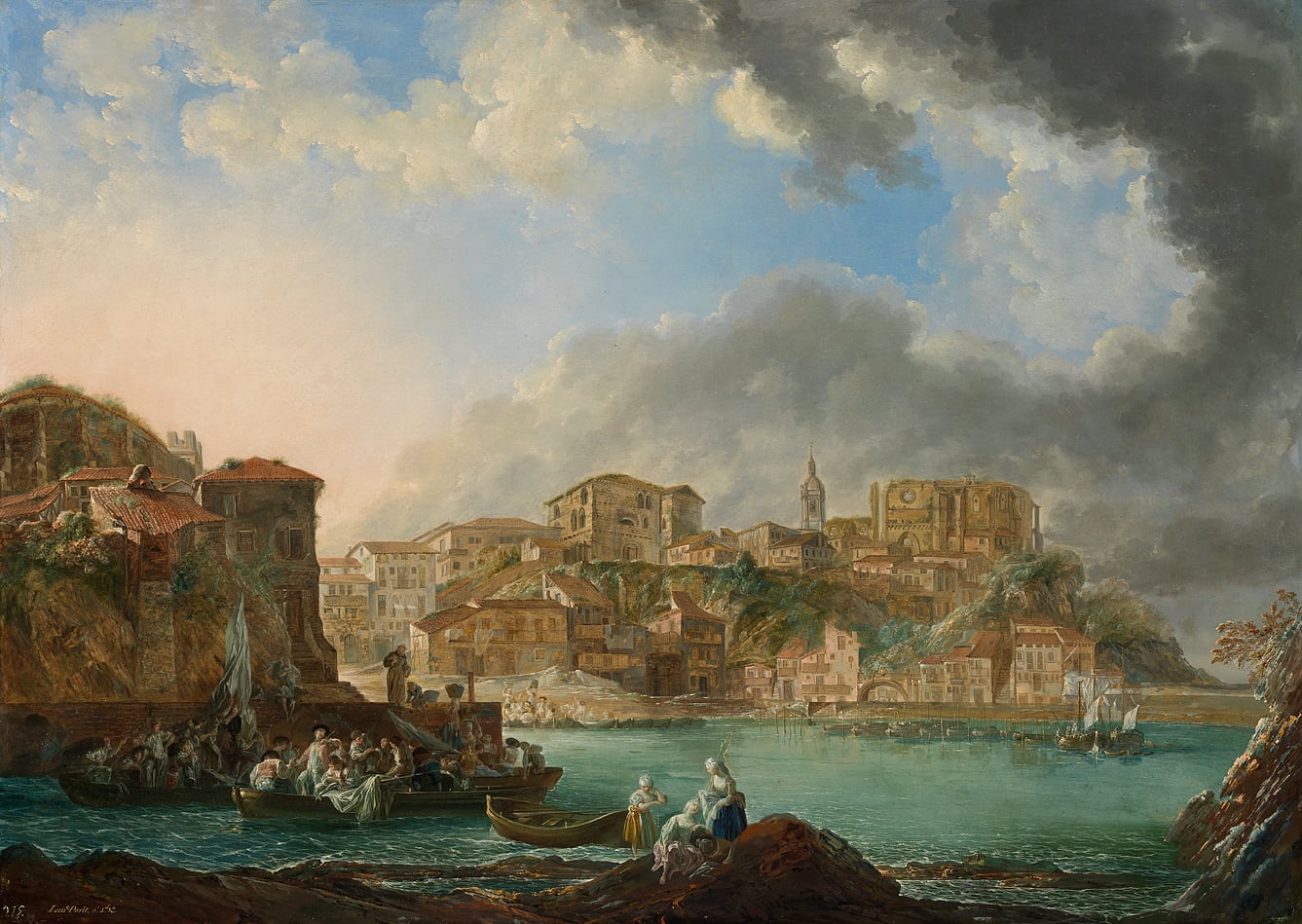Other than the changes made to the facades, the majority of the homes follow the original blueprints. We can find the oldest fountain in Bizkaia built at the end of the XVI century.
These houses are built against the cliff, attached to the rock of the terrain and present a steep slope. They are houses built between dividing walls and gabled roofs. The most notable part of the area is the poverty. In general, fishermen and their families occupied the worst, unsanitary houses due to the lack of light and ventilation. Due to the scarcity of available space it wasn’t uncommon for more than one family to share one house. Privately owned houses were rare, and were usually only owned by ship-owners and masters. These houses are very tall and have large openings on the southern side, where people replaced forged metal banisters with wood from old windows and balconies. Contrasting with the whitewash they painted the carpentry with more visible colors, green being one of the most common, of which few examples remain in Bermeo.
The fountain of the “Tres Cantos,” is the oldest fountain that has been preserved in Bizkaia. Apart from being a notable construction with mannerist taste, it allows us to observe the water and the embarkment of ships as early as the XVI century. It bears three very worn coat of arms, the central one being the imperial coat of arms (two headed eagle of Carlos V), the left being the emblem of the lordship under a sea shell and the right being coat of arms of the village of Bermeo. The fountain has long been dry, having lost it’s piping and its basin.
In the terrible gale of 1912 one hundred and forty three sailors died, and one hundred and twelve of those sailors were from Bermeo. In response, the fleet of ships in Bermeo repentantly changed from sailing to using the steam engine. The colors that the rows of jetties for boarding ships in the port have remind us of the exhaust funnels of those steam boats.

